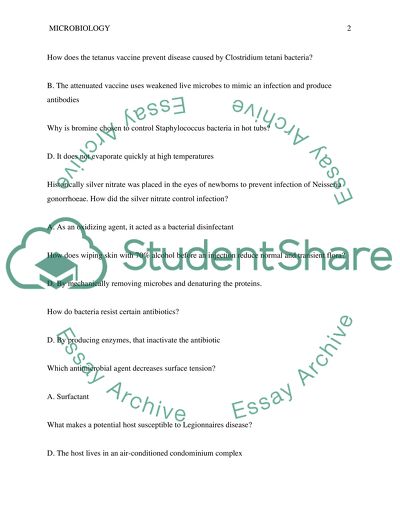Cite this document
(“Gram-Positive and Acid-Fast Bacteria Coursework”, n.d.)
Retrieved from https://studentshare.org/medical-science/1700610-gram-positive-and-acid-fast-bacteria
Retrieved from https://studentshare.org/medical-science/1700610-gram-positive-and-acid-fast-bacteria
(Gram-Positive and Acid-Fast Bacteria Coursework)
https://studentshare.org/medical-science/1700610-gram-positive-and-acid-fast-bacteria.
https://studentshare.org/medical-science/1700610-gram-positive-and-acid-fast-bacteria.
“Gram-Positive and Acid-Fast Bacteria Coursework”, n.d. https://studentshare.org/medical-science/1700610-gram-positive-and-acid-fast-bacteria.


